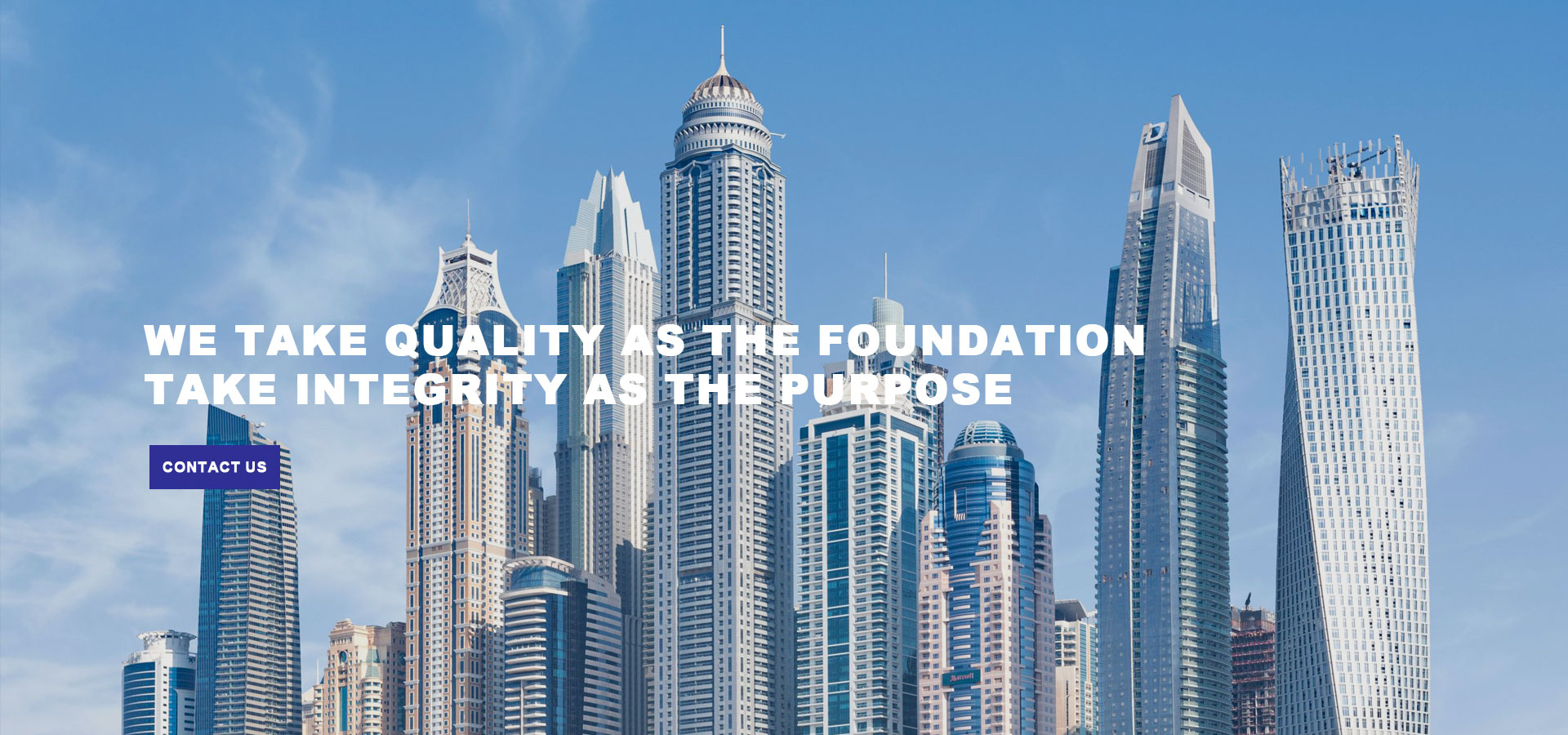

The Benefits and Applications of Tinted Toughened Glass
In the ever-evolving world of architectural design and construction, the materials used play a pivotal role in not only aesthetics but also functionality. Among the various options available, tinted toughened glass has emerged as a popular choice for architects and builders alike. This specialized glass offers a blend of strength, safety, and style, making it an ideal solution for a wide range of applications.
Understanding Tinted Toughened Glass
Tinted toughened glass, often referred to as tempered glass, is produced through a process of extreme heating and rapid cooling. This treatment enhances its strength, making it much more resistant to impact than regular glass. The tinting process involves incorporating pigments or applying coatings during the manufacturing phase, resulting in an array of colors and shades. The most common tints include green, grey, bronze, and blue, which can dramatically alter the appearance of a building while serving practical purposes as well.
Benefits of Tinted Toughened Glass
1. Enhanced Safety and Durability The most significant advantage of tinted toughened glass is its robustness. It can withstand higher levels of stress and impact compared to standard glass, reducing the likelihood of breakage. In the event of a break, it shatters into small, blunt pieces rather than sharp shards, minimizing the risk of injury.
2. Energy Efficiency Tinted glass can significantly improve a building's energy efficiency. The tints help to reduce solar heat gain, which can keep interiors cooler during hot weather. This, in turn, decreases the reliance on air conditioning, resulting in lower energy bills. Additionally, tinted glass can also provide enhanced insulation capabilities, helping to maintain consistent indoor temperatures throughout the year.
3. UV Protection Prolonged exposure to ultraviolet (UV) rays can cause significant harm to both human skin and interior furnishings. Tinted toughened glass blocks a significant percentage of UV radiation, which helps protect occupants and prevents fading of carpets, furniture, and artwork.

4. Aesthetic Appeal Architects often seek materials that can enhance the beauty of their designs. Tinted toughened glass adds a sleek and modern look to buildings and can be used creatively to achieve various visual effects. Whether it’s a reflective finish or a subtle color, the glass can complement the overall architectural style and create an inviting ambiance.
5. Privacy Tinted glass also provides a degree of privacy without sacrificing natural light. This makes it an ideal choice for buildings such as offices, hotels, and residential properties where occupants wish to maintain their privacy while still enjoying sunlight.
Applications of Tinted Toughened Glass
The versatility of tinted toughened glass allows it to be utilized in numerous settings. Its application can be found in commercial buildings, residential homes, facades, skylights, and even shower doors. Furthermore, it is frequently used in public spaces, including schools, hospitals, and shopping malls, where safety and aesthetic considerations are paramount.
In recent years, the trend towards sustainable building practices has further enhanced the popularity of tinted toughened glass. As architects and builders focus on energy-efficient solutions, this material stands out as a practical and stylish option that meets the demands of modern architecture.
Conclusion
In conclusion, tinted toughened glass is not only a functional material but also a stylish one that contributes to the safety, energy efficiency, and aesthetic appeal of buildings. Its unique combination of durability, UV protection, and privacy makes it a favored choice for various applications. As the demand for innovative building materials continues to rise, tinted toughened glass is poised to play a central role in the future of architecture and design.